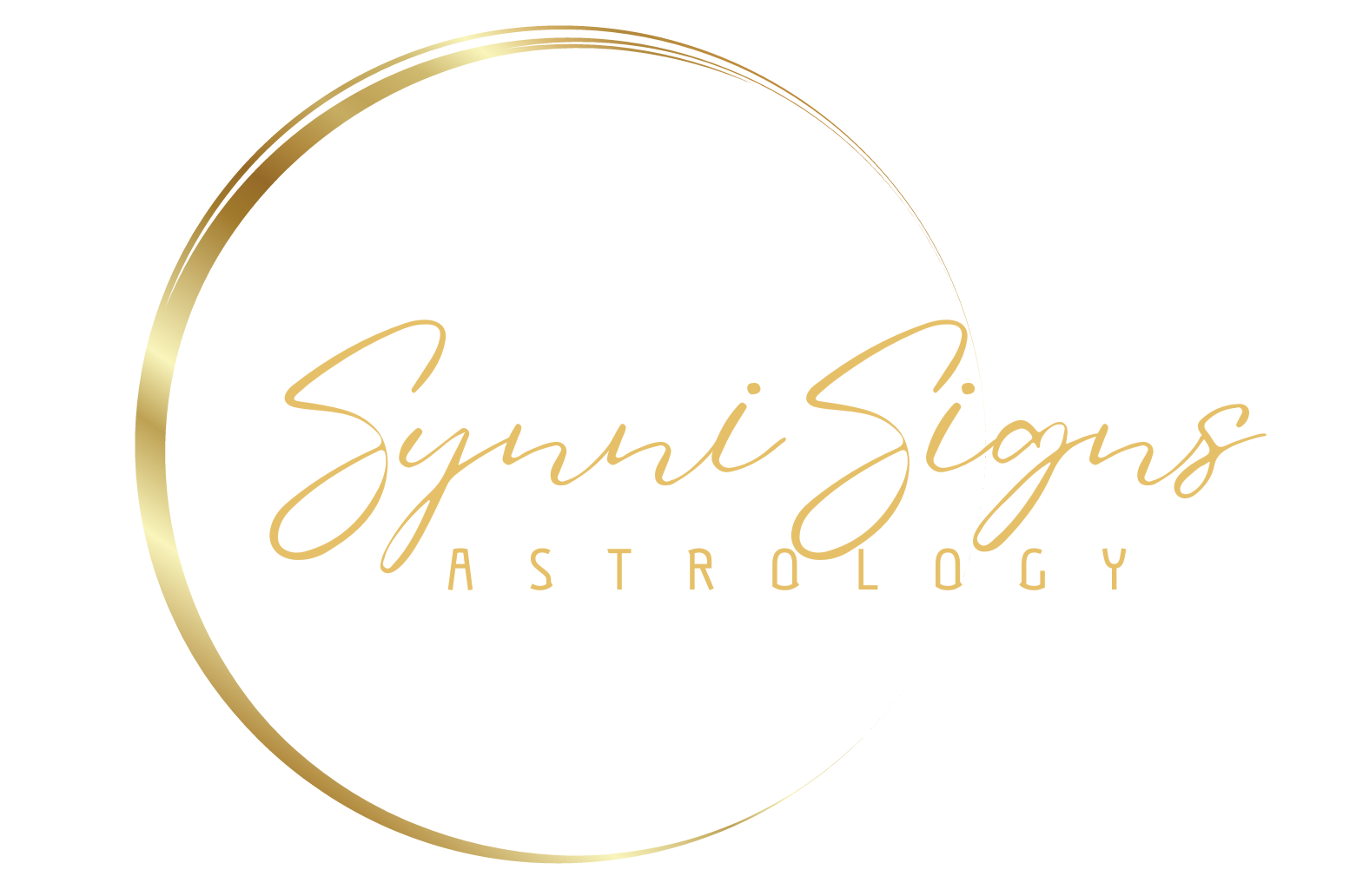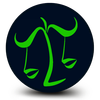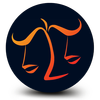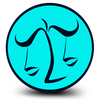Progressions in astrology are a key method utilized in Horoscopic astrology to predict future trends and developments. Alongside transits, which track the ongoing movements of planets across the sky, progressions involve advancing the horoscope forward from the moment of an individual’s birth or the beginning of an event. This method is primarily applied to an individual’s birth or natal chart. There are two primary forms of progression: Secondary progression, also known as ‘a-day-for-a-year’ progression, and Solar arc progression, or ‘a-degree-for-a-year’ progression. In both approaches, significant changes are observed in the positions of planets, the Ascendant, and the Midheaven in the progressed chart. These changes include shifts in zodiac signs and houses, as well as alterations in the angles or aspects formed by the progressed planets in relation to the original natal chart.
While the Natal (or Birth) Chart illuminates your promise and potential, the Progressed Chart unveils your spiritual evolution and personal development over time. Progressed Charts serve as a tool to delve deeper into the motivations behind your desire for significant life transformations. While your birth chart remains constant, life experiences shape and mold us, and the Progressed Chart captures these transformations. Comparing your current Progressed Chart to your natal chart is immensely beneficial, as it provides insight into your innermost desires for change and growth.
Secondary Progression
To determine your Progressed Chart, consult an ephemeris, which provides daily listings of planetary positions. Locate the day you were born and count down a-day-for-a-year for each year of your life to find your Progressed Chart. Each line in the ephemeris represents a day, corresponding to one year of life in your Progressed chart. For instance, if you’re 20 years old, count twenty lines from your birth date to find your Progressed Sun, and read across to find your Progressed Moon and other planets. Similarly, if you’re 30 years old, count 30 lines, and so on.
Progressed charts exhibit a slower pace of movement compared to regular charts. The Moon typically moves about a degree per month, while the Sun advances approximately a degree per year. Although the progression isn’t precisely one degree per year due to the Earth’s orbit around the Sun, computer software can swiftly and accurately perform these calculations.
In a Progressed chart, the Moon undergoes the most significant changes, followed by the Sun, Venus, Mercury, and the house cusps, including the Ascendant and Midheaven, which advance by about a degree annually. Planets in Progressed charts may change houses, both within the Progressed chart itself and in comparison to your natal (birth) chart. Additionally, planets can station Retrograde or Direct through progressions, signifying notable changes in your life.
When comparing the Progressed charts of two individuals in a relationship, you can uncover what draws you together at this particular juncture in life. Some relationships are enduring, while others are transient, and by examining a comparison of your Progressed charts, you gain insight into the underlying reasons for your connection.
Solar Arc Direction
Another method of progressions is the Solar Arc Direction, which is based on the position of the Sun in the Secondary Progressed Chart. To calculate the arc, or the number of degrees the Sun has traveled since your birth, subtract the position of your Secondary Progressed Sun from your Natal Sun. Then, add this number to the positions of all the planets in your natal chart. This uniform progression towards the Sun and your natal chart is why it’s referred to as your SOLAR (Sun) Arc Direction. This method is commonly employed for progressive charts.
What's the difference between Transits and Progressions?
Transits refer to the current positions of planets in the sky and the connections they make with each other and, importantly, with your natal chart. These celestial movements affect everyone, but their personal impact is felt when they interact with a planet or point in your chart. Transits signify external influences, events occurring outside of yourself, and they reveal how you respond to these external factors. On the other hand, progressions occur gradually and reflect the ongoing evolution of your birth chart. They represent events and emotions deeply rooted within you, shaping your internal landscape and psychological makeup. As progressions form aspects, they bring these inner dynamics to the forefront, influencing and shaping your life in significant ways.
















































